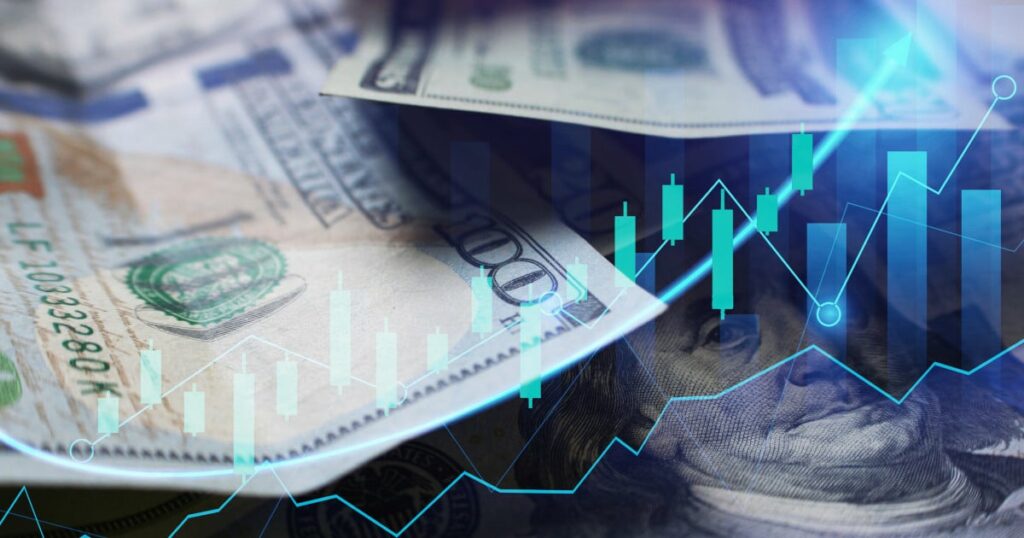On September 15, Adobe (ADBE) agreed to purchase the privately held design software company Figma for roughly $20 billion.
The purchase price, which Adobe will pay half in cash and half in stock, is double what Figma was valued at in its most recent private funding round in 2021, and 10 times its 2019 valuation. At the time of signing, the acquisition was the most expensive ever of a private U.S. company, topping Facebook’s $19 billion purchase of WhatsApp in 2014.
The deal valued the company, founded in 2012, at 50 times its annual recurring revenue, which Adobe said would top $400 million in 2022.
Is Adobe a buy after this deal? Let’s take a look…
What Figma Does
Figma allows software developers to collaborate remotely and design everything from slides for presentations to user interfaces on mobile apps. It is part of a wave of new browser-based design tools that have opened up the creative process to millions of non-designers—something that expanded the market and presented a potential threat to Adobe, the traditional leader in design software. Figma’s collaborative-design-workspace is in direct competition with Adobe’s XD.
The main difference is that Figma is free for individual users. Adopting a try-before-you-buy model has allowed product teams to experiment with Figma without the need for a sign-off from an IT purchasing manager. This is how it crept into the operations of many important Adobe customers, including Microsoft (MSFT).
In August, CNBC profiled Figma’s growth inside Microsoft. Here is one item from that profile: “The product has since become so central to how Microsoft’s designers do their jobs that Jon Friedman, corporate vice-president of design and research, said Figma is “like air and water for us.”
With its importance to such a major customer, it’s really no surprise that Adobe bought Figma—it was obviously afraid of losing market share.
Figma’s web-based tools would give Adobe a better shot at the “more modern, cloud based, composable and open future” that is opening up for design software, said Liz Miller, an analyst at Constellation Research, to the Financial Times. The merger will also allow Figma to bring Adobe’s capabilities in imaging, 3D and video on to its platform. And obviously, Adobe will have the opportunity to tap into the millions of customers using Figma, which enjoyed a boom during the pandemic as remote work flourished.
Wall Street’s Thumbs Down
Wall Street hated the deal though, sending Adobe’s stock tumbling more than 20% after the announcement, saying it is paying too much for Figma.
But Adobe has been here before. In 2011, it was running out of room to grow in the market for selling desktop software to professional designers, so it took a gamble, becoming one of the first software companies that cut off sales of packaged software and moved to the cloud in pursuit of growth.
At the time, Wall Street analysts turned their thumbs down on that strategy, too. Analysts saw the move as merely a way to sell a bit more design software to Adobe’s existing 12 million to 13 million customers. They were spectacularly wrong. What actually did happen was that user numbers for Adobe’s Creative Cloud have today risen to more than 30 million.
Adobe’s bet paid off, setting an example of how to navigate the transition to the cloud for the entire software industry.
The move remains a stupendous success was a stupendous success. Abobe’s transition to cloud-based subscriptions, under which users pay a monthly fee, has been a bonanza for the company. Subscriptions now account for about 92% of the company’s revenue.
It’s a Needed Deal
Figma’s web-first approach gives customers new ways to use design software and opens the market up to a lot more users, much as the cloud had before. It also appeals to a new generation of users who have grown up using the web.
Adobe’s gamble is that once again—as often occurs when new generations of technology appear—the new market will end up being much larger than the old one. That translates to offering very low-priced versions of a product or letting some customers use the product for free.
Adobe was already moving in this direction, announcing a “freemium” version of its software last year that was aimed at taking on Canva. This Australian start-up design software company is the most notable exponent of this browser-based revolution in design software and the most direct long-term threat to Adobe’s mainstream design business.
In other words, Adobe’s purchase of Figma was a necessary deal in its battle against Canva, which has just begun.
While ADBE stock has recovered 13% from the September low, it is still down nearly 50% over the past year and more than 40% year-to-date.
But I like the Figma acquisition, so I believe Adobe is a buy anywhere up to $350 a share.
That’s what my old coworker told me years ago. I listened up because he was the most successful broker I ever worked with. And also incredibly lazy. He found a small niche in the market no one talks about and made enough to buy in the most expensive zip code in Maryland. Here’s what he invested in.











